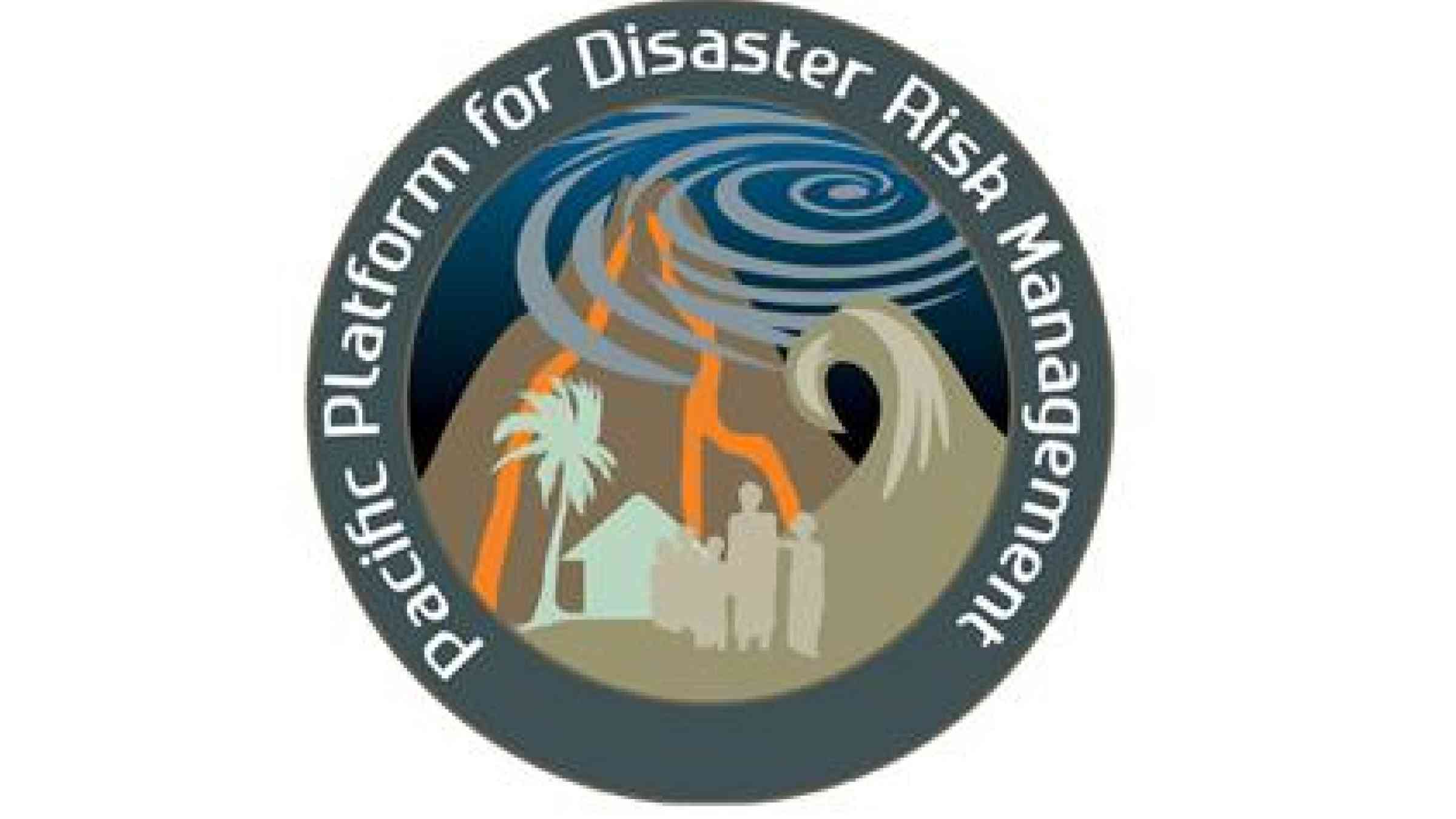HFA ‘helped build Pacific resilience’

The 2014 meeting of the Pacific Platform for Disaster Risk Management held on 02-04 June in Suva, Fiji serves as an important venue for receiving valuable Pacific stakeholder inputs to the post-2015 framework for DRR. (Photo: UNISDR)
SUVA, 4 July 2014 – The Pacific ‘would not be where it is today’ in terms of building resilience without the influence of the Hyogo Framework for Action 2005-2015 (HFA), according to a review presented at the 6th Pacific Platform for Disaster Management which concluded today in Fiji.
Implementation of the international framework for disaster risk reduction had helped shape the Pacific’s ambition and achievement, development specialist Nizar Mohamed concluded in the independent evaluation commissioned by the UNISDR Pacific Office.
“Dealing with disasters has evolved from a focus on response and recovery to preparedness in many countries in the region,” Mr Mohamed said.
“The HFA was a catalyst that helped shape thinking in the region on disaster risk management. It did not drive the process but helped to change thinking through the Pacific’s Regional Framework for Action, which was derived directly from the HFA.
“Hyogo reflected thinking in the region on the importance of building resilience to better deal with future disasters. The HFA provided an internationally agreed framework that validated and gave a structure to national responses.”
The evaluation noted that all countries have strengthened policy, planning, legislative frameworks and institutional arrangements that had laid the ground for a regional strategy for resilience building.
The HFA review identified implementation, coupled with a “silo mentality that prevails in many countries”, as a major challenge. Other areas identified include the need for: additional resources for DRR; a more cohesive approach to disaster risk management, food security, sustainable livelihoods and poverty alleviation; stronger cooperation and capacity at the local level; and the provision of “sound information for decision-making in countries and among communities and private sector”.
“There is also recognition of the need for: improved horizontal coordination between sectors and vertical coordination between levels of governance; recognition of the important role of local government; and greater emphasis on communities,” Mr Mohamed said.
Samoa is one of the Pacific nations to make significant progress in implementing the HFA. Ms Filomena Nelson, Assistant CEO of its Disaster Management Office, said the framework had helped build local momentum and strengthen political will.
“Disaster risk management is mainstreamed in eight sector plans with two more in the process; our Disaster Management Office has more dedicated staff, more budget and now has two distinct sections: one for disaster management and one for disaster risk reduction,” Ms Nelson said.
“Our first national Disaster Risk Management Platform in October 2013 included the private sector and NGOs. We have developed disaster plans, response teams, mapping, evacuation centres at the village level as well as an overall national early warning system that incorporates emergency radio and siren networks.”
Mr Mohamed’s HFA review offered four key recommendations for the Post-2015 Framework for Disaster Risk Reduction: first, integration, particularly with climate change resilience action; second, cohesion of various agendas, with a priority to strengthen the role of local government; third, inclusion that reinforces the role of the community, addresses gender issues, and strengthens the role of the private sector and youth as well as other pertinent actors; and a global reporting process that is driven, and has relevance, to the national level.
Explore further
Also featured on
Is this page useful?
Yes No Report an issue on this pageThank you. If you have 2 minutes, we would benefit from additional feedback (link opens in a new window).